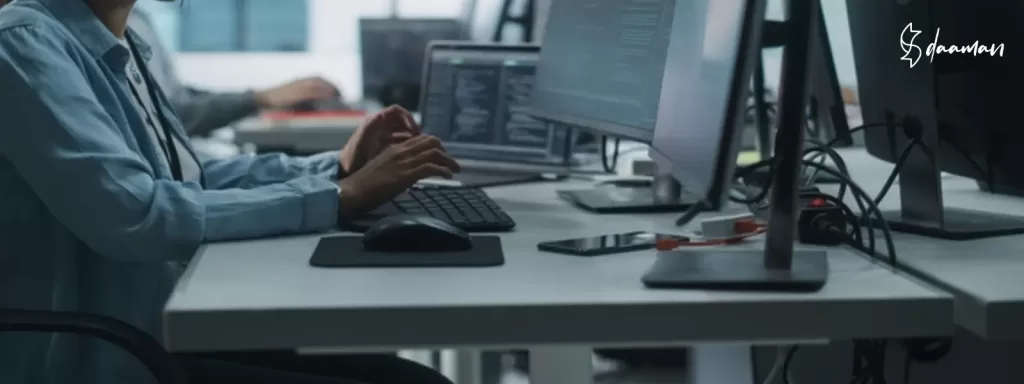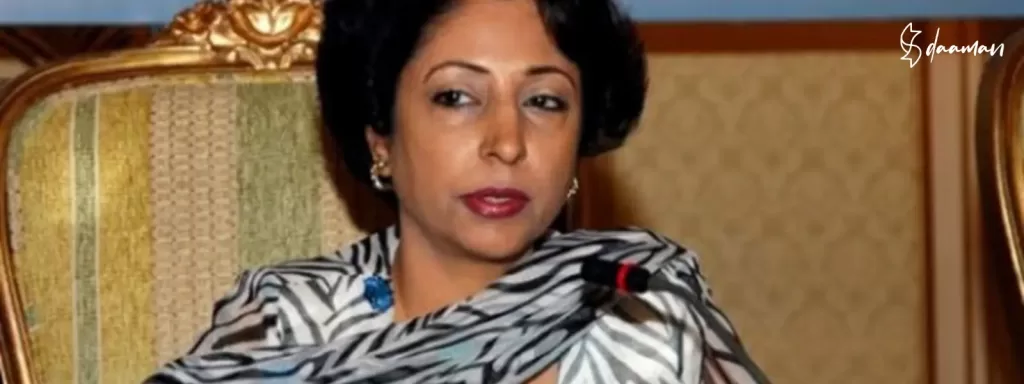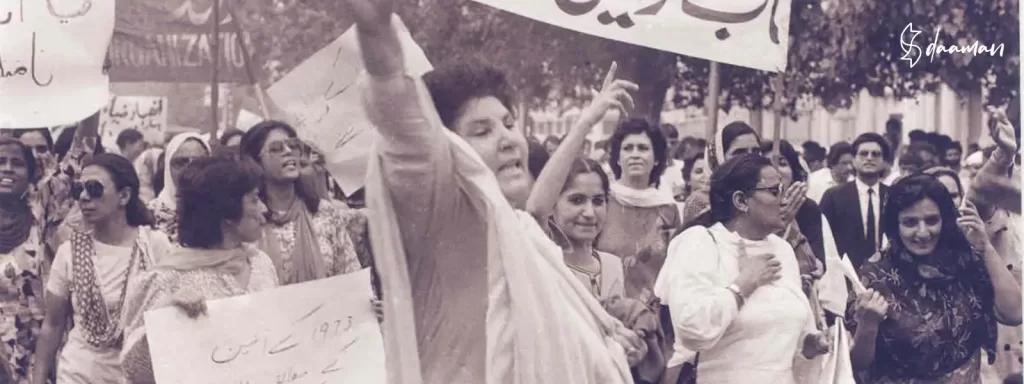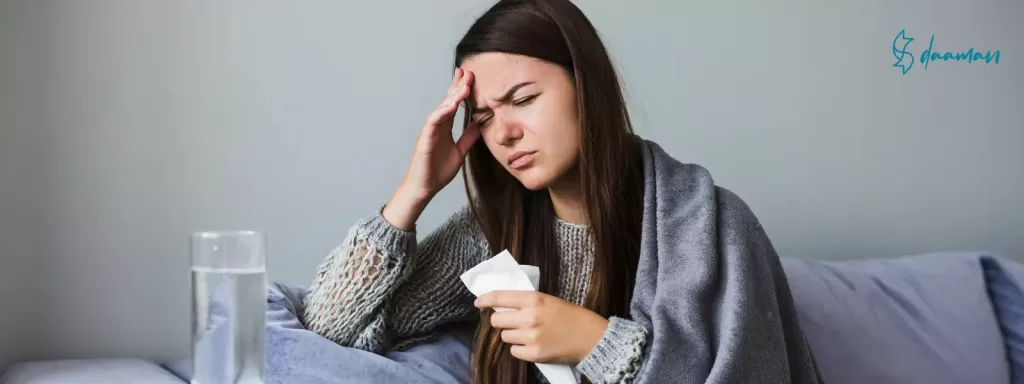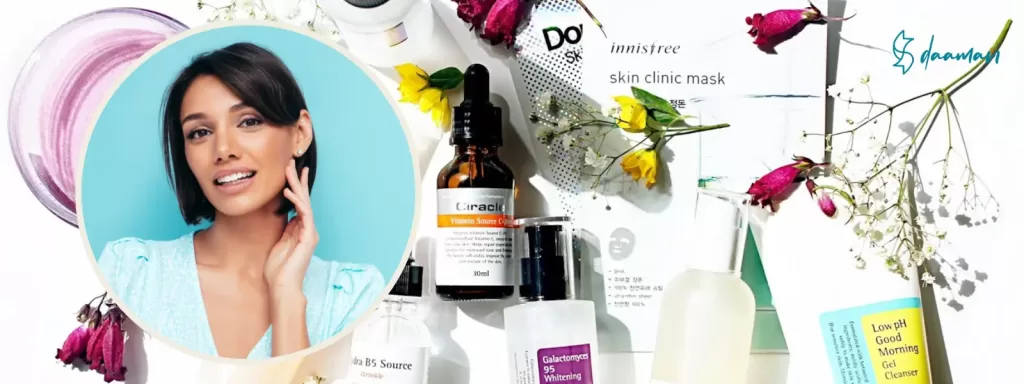The Rise of Women in STEM in Pakistan
Pakistan has seen a notable increase in the number of women working in STEM (science, technology, engineering, and mathematics) disciplines during the last ten years. A number of factors, including cultural shifts, educational improvements, and women’s unwavering will to tear down barriers, are responsible for this good transformation. A revolutionary age for Pakistan’s scientific environment is shown by analysing the variables that contributed to this transition and recognising the exceptional achievements made by women in STEM fields. Image Source: scientiamag.org Shifting Views in Society: Ten years ago, society expectations were mostly determined by traditional gender conventions, and STEM areas were thought to be dominated by men. But over time, there has been a noticeable shift in societal viewpoints. Girls are encouraged to seek jobs in STEM disciplines because families and communities are beginning to acknowledge the potential and intellectual capacity of women in these fields. Learning Possibilities: Pakistan’s educational system has changed, placing more of a focus on giving both women equal chances. There are now programmes and educational establishments that assist and encourage STEM education for female students. Scholarships, outreach initiatives, and mentorship programmes have all been vital in helping aspirational young women have greater access to STEM education. Governmental Programmes: The encouragement of women to pursue careers in STEM sectors has been greatly aided by government efforts. A favourable atmosphere for women pursuing jobs in previously male-dominated fields has been created by the implementation of policies encouraging gender inclusion in education and the workforce. Scholarships, STEM programme seats earmarked for women, and awareness campaigns to dispel gender stereotypes are a few examples of such initiatives. Mentorship and role models: Younger generations are inspired by the presence of accomplished women in STEM fields. The availability of mentoring programmes and role models offers direction and support to aspiring female technicians, engineers, and scientists. Seeing women succeed in STEM industries inspires other women to follow their dreams and trust in their own abilities. Building Communities and Networks: Initiatives to foster community and networking are actively being participated in by women in STEM. Establishing a feeling of community among women in STEM is greatly aided by platforms and organisations that link them. By offering assistance, exchanging stories, and establishing a platform for cooperation, these networks promote an atmosphere that is more welcoming and powerful. Worldwide Patterns: Pakistan has also been impacted by the worldwide movement that emphasises the value of diversity in STEM fields. A greater understanding and acceptance of women’s responsibilities in STEM areas has been facilitated by international talks and activities supporting gender equality in these professions. This global viewpoint complements regional initiatives, fostering a more welcoming environment. Demonstrating their mettle: Not only are Pakistani women entering the STEM disciplines, but they are thriving and leaving a lasting impact. Women are demonstrating their abilities in a variety of STEM fields, from ground-breaking research to creative technology solutions. Their achievements defy preconceived notions and demonstrate the priceless insights and abilities they offer. Dealing with Social Issues: Through their profession, women in STEM are well positioned to solve social concerns. Women in STEM are at the forefront of solving practical issues and bringing about good change, whether it is by advancing technical innovation, discovering solutions for healthcare, or supporting sustainable development. Image Source : Ali Atif In conclusion, the rise in women’s participation in STEM fields in Pakistan during the last ten years is evidence of the joint efforts of people, groups, and organisations aiming to create a society that is more equal and inclusive. There is a transformative era where the potential of every mind, regardless of gender, is recognised and valued in the pursuit of scientific and technological advancements. This is made possible by the changing narrative surrounding women in STEM, the establishment of supportive educational environments, and the outstanding achievements of women in these fields. The growth in the number of women working in STEM fields in Pakistan is not the only thing to celebrate; it is also a testament to their skill, resiliency, and shared conviction that diversity fosters creativity and advancement.
The Rise of Women in STEM in Pakistan Read More »


